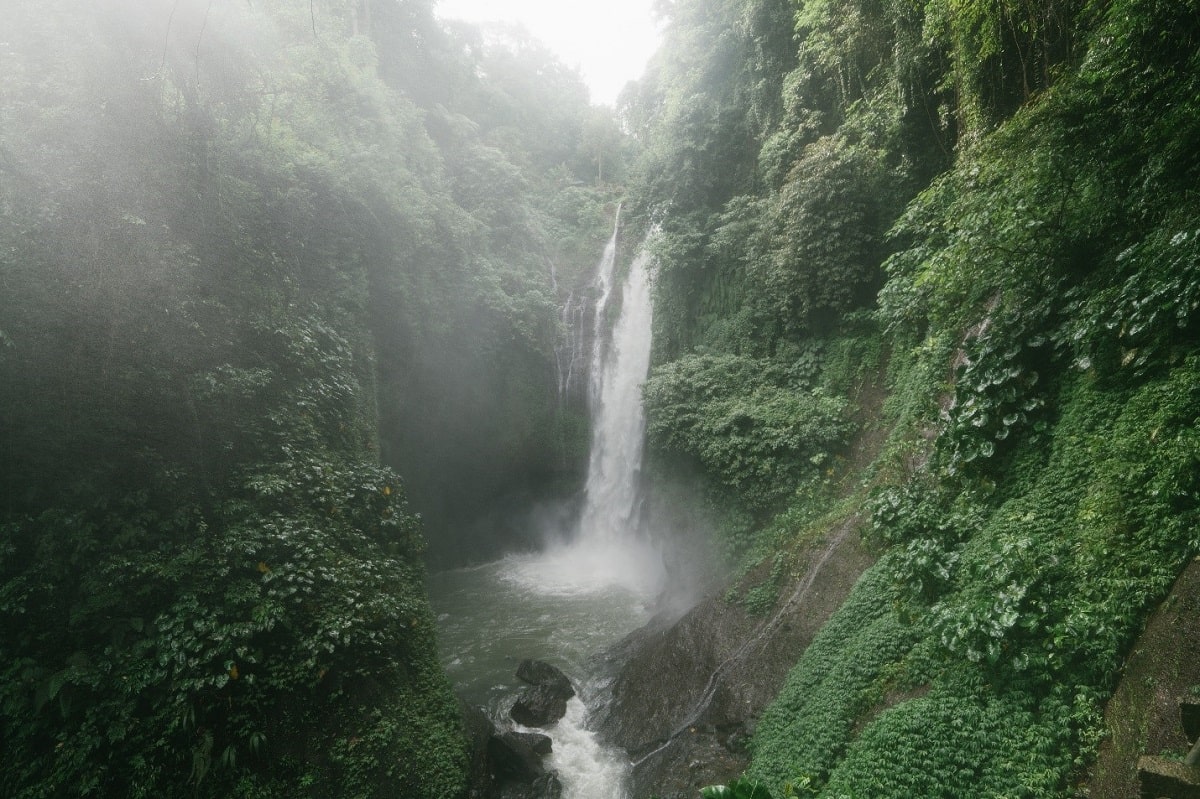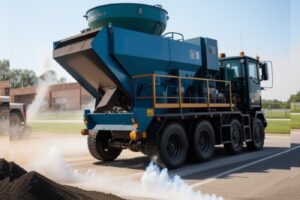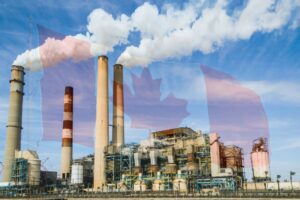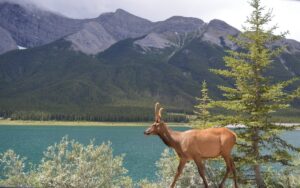Journeying through a lush and vibrant jungle is an awe-inspiring experience, but did you know that air pollution is taking its toll on jungles around the world? Air pollution, in the form of smoke, dust, and other airborne pollutants, can have a range of harmful effects on the jungles. Everything from the delicate balance of the ecosystem to the health of the animals is being threatened by air pollution. There are seven major effects of air pollution on the environment and jungles that we should be aware of to protect these beautiful and complex habitats.
What counts as Air Pollution?
Air pollution is a term used to describe the release of noxious gases and other pollutants into the atmosphere. This can be caused by natural events such as volcanic eruptions or by human activities such as burning fossil fuels. Air pollution can come in the form of particulate matter, ozone, carbon dioxide, and other pollutants. These pollutants can have a range of effects on the environment, including on jungles.
Effects of Air Pollution on Jungles
The effects of air pollution on jungles can be wide-ranging and devastating. Here are few of the major effects that air pollution can have on jungles:
Reduction of Photosynthesis
Air pollution harms the amount of photosynthesis that takes place in a jungle environment. This is because air pollution reduces the amount of sunlight that can penetrate the trees and other plants in the jungle, thereby reducing the amount of energy that can be used for photosynthesis. This can have a drastic effect on the health of the plants in the area, as well as on the animals that depend on them for sustenance.
Changes in Soil Composition
Air pollution can also have an effect on the composition of the soil in a jungle environment. This is because air pollution can introduce toxins and other pollutants into the soil, which can alter the nutrient balance and make it more difficult for plants to thrive. The presence of pollutants in the soil can also have a negative effect on the health of the animals in the area, as these pollutants can be absorbed into the food chain.
Solutions for Reducing Air Pollution
The good news is that there are several steps that we can take to reduce the amount of air pollution in our jungles. These include reducing the amount of fossil fuel that we burn, using cleaner energy sources such as solar and wind power, and reducing the amount of waste that we produce. In addition, we can also take steps to reduce the amount of deforestation in our jungles, as deforestation can contribute to air pollution.
At EnviroComp we offer plants and factories to use our software and measure their pollution so they can have a better control over it. You can contact us and ask your questions here.
Conclusion
Air pollution is a major threat to jungles around the world and can have a range of devastating effects on the environment and wildlife of the area. Everything from the delicate balance of the ecosystem to the health of the animals is being threatened by air pollution, and we must take steps to reduce the amount of air pollution in our jungles to protect these beautiful and complex habitats. There are a number of solutions for reducing air pollution, including reducing the amount of fossil fuel that we burn, using cleaner energy sources, reducing the amount of waste that we produce, and reducing the amount of deforestation in our jungles. By taking these steps, we can help to protect our jungles and ensure that they remain vibrant and healthy for generations to come.





